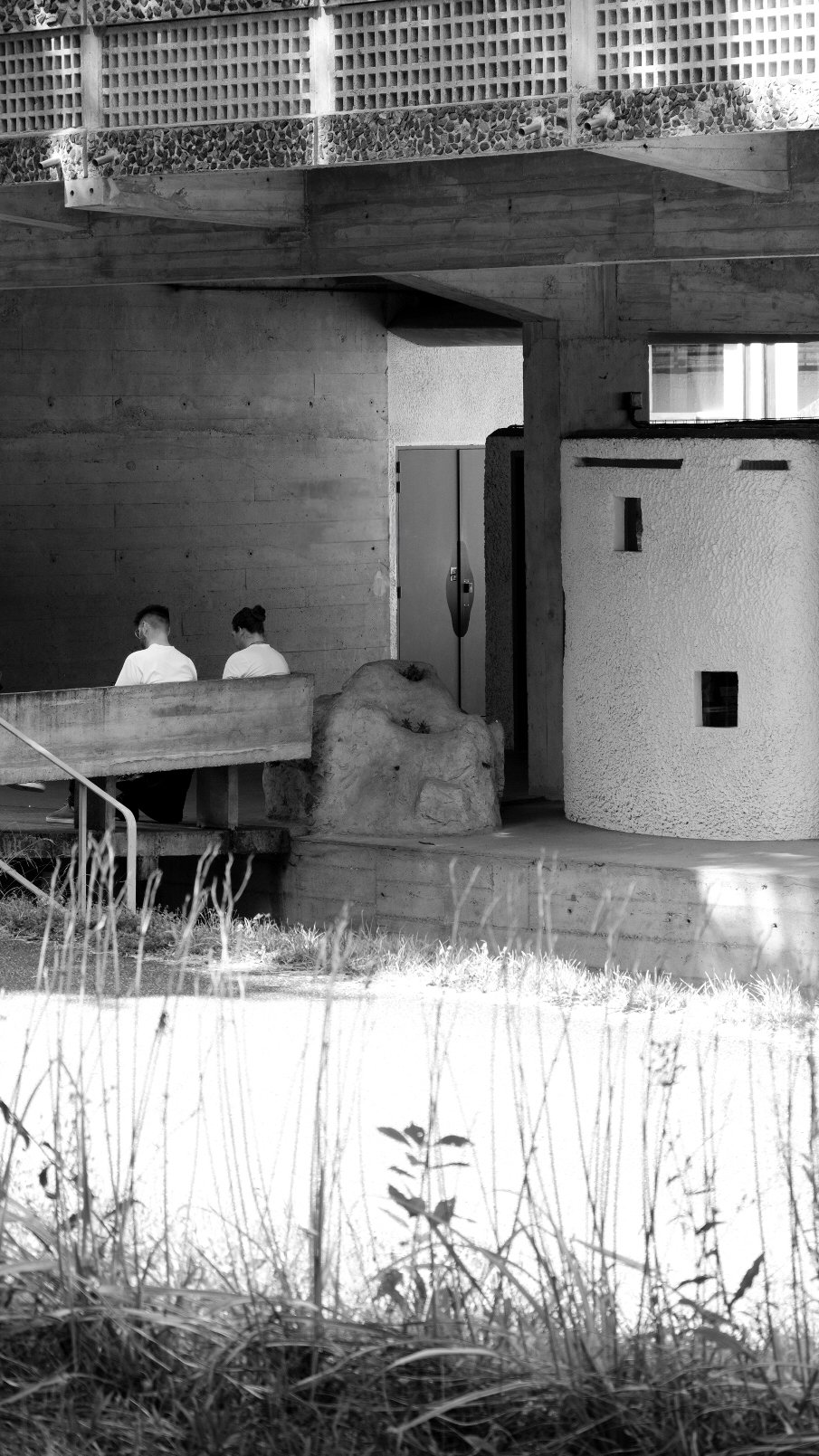La Tourette: Mirror to the Architect’s Soul
Our studio recently spent a few days at the Monastery of Sainte-Marie de La Tourette, just outside Lyon, France. Completed in 1960, this Dominican monastery stands as a high point of modernist architecture, embodying Le Corbusier's lifelong philosophy.
This masterpiece provided the ideal environment for solitude and reflection, humbling us with its presence. After months of intense studio work and collaborations across Europe, this retreat offered our team a much-needed moment of introspection.
“Geometry is the language of man.”
– Le Corbusier
Nostalgia and Reflection
I felt a compelling urge to revisit La Tourette and share its lessons. Certain spaces possess a profound depth—they reach into our soul, pushing us into unfamiliar territories and challenging the comforts of daily life. La Tourette, away from the distractions of technology, offers a sanctuary where one can reconnect with a deeper rhythm of existence.
Architecture as an Existential Mirror
Great architecture transcends mere design, serving as a mirror to our being. It reflects our growth and challenges us emotionally, offering spaces that go beyond function to touch the core of our existence. Experiencing a master work with its carefully curated reality, whether agreeable or not, forces us to think non-linearly and reflect on the work we create in our own search for sanctuary, refuge, and the sublime.
Returning to La Tourette after nearly 30 years, my perspective has evolved, deepening my appreciation for its existential resonance. The brutalism that once felt alien and harsh now reveals an unexpected depth, a complexity that challenges and satisfies in equal measure.
The Depth of La Tourette
The depth and mystery of La Tourette evokes a feeling I once experienced as a young boy visiting a ‘High Gothic’ cathedral in England. But while the cathedral told a 2,000 year old story, La Tourette offers blank white pages, inviting you to write your own. This abstraction of monumental light allows the story to be whatever you want it to be—terrifying, satisfying, and above all, liberating. This is existential freedom. At the time, I didn’t realise it, but La Tourette was my first encounter with existential architecture. This philosophy would follow my partner Kay and I throughout our lives, embedding itself in the buildings we create—a part of what Le Corbusier called the ‘patient search.’
Beyond Design
Buildings like La Tourette focus on the emotional and psychological aspects of our being. This architecture transcends function and aesthetics, manifesting ideas into concrete reality. Even today, I hesitate to use the word ‘design’ for such works, as it feels inadequate, given the depth of purpose and gravity of presence. In our own work, we strive not to design buildings but to create vessels that embody the emotions we seek to experience, drawing from the deep responses to the lives and contexts we encounter.
A Living Novel
Le Corbusier’s work reminds me of the novels of Gabriel García Márquez or Jorge Luis Borges, where the fantastical and mysterious blends with the mundane. La Tourette is like a very rare book, one that you read slowly, savoring each page. Its ability to anchor you in the present moment is something you never want to end.
Ultimately, perhaps it’s not the architecture alone that is nourishing, but the realisation that at certain moments, individuals are born with a vision of a better world. When the culture and spirit of the age align, a client emerges with a specific dream, and an architect responds, manifesting a work like this.
—






